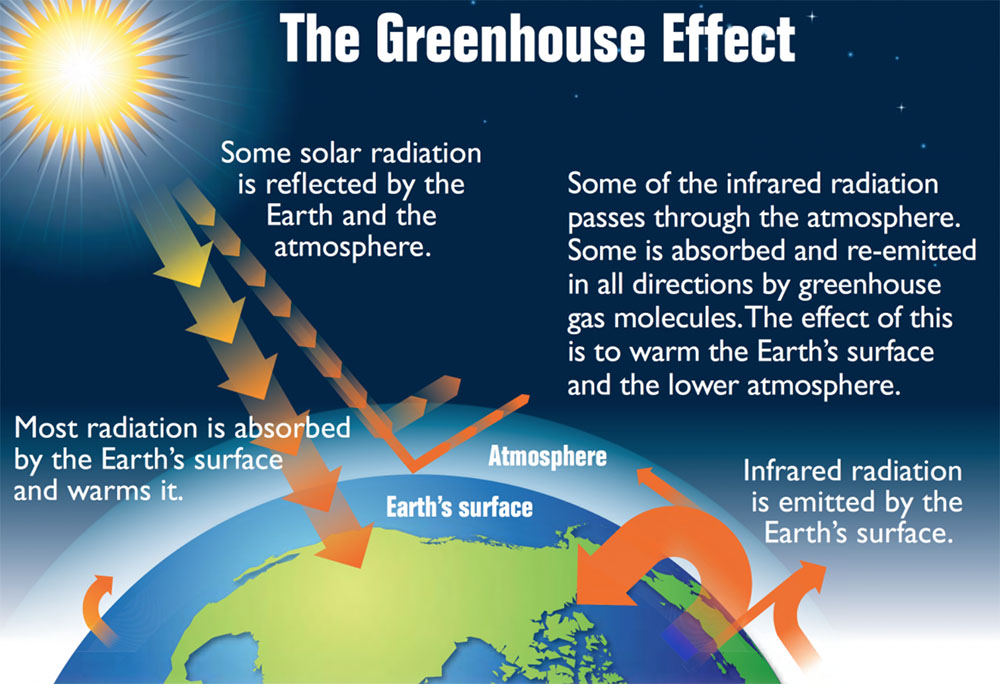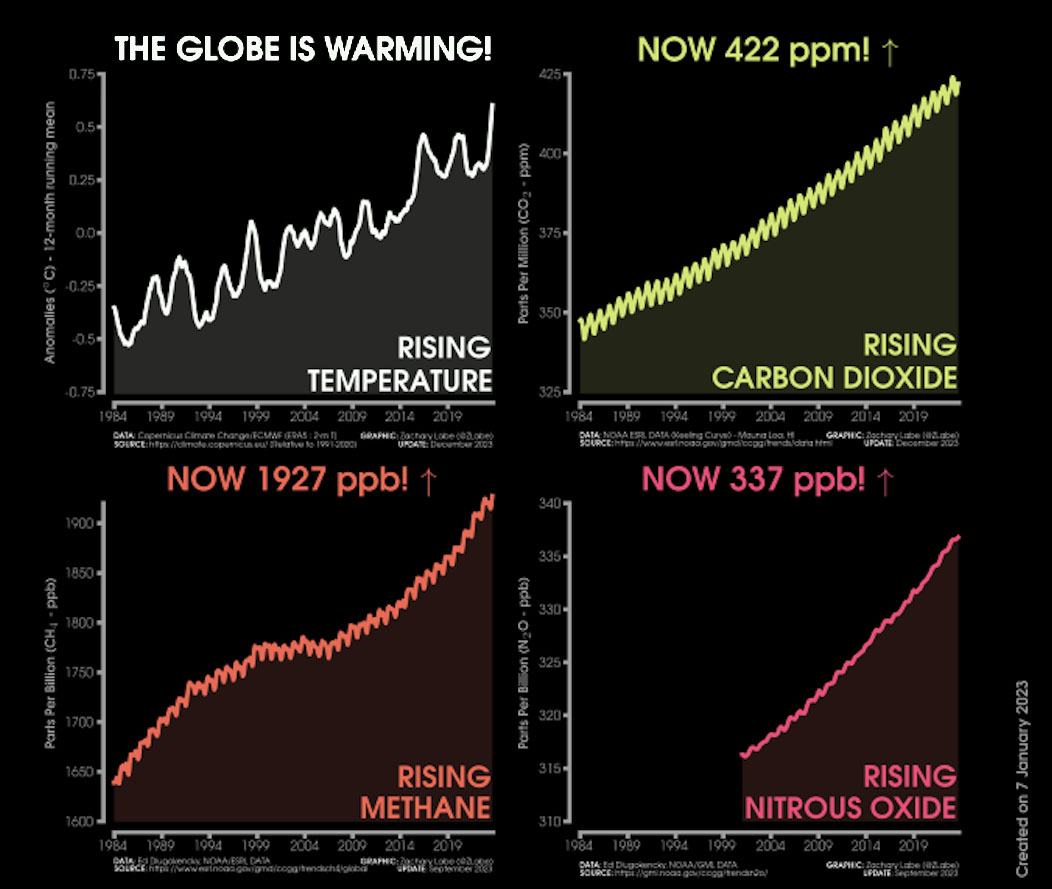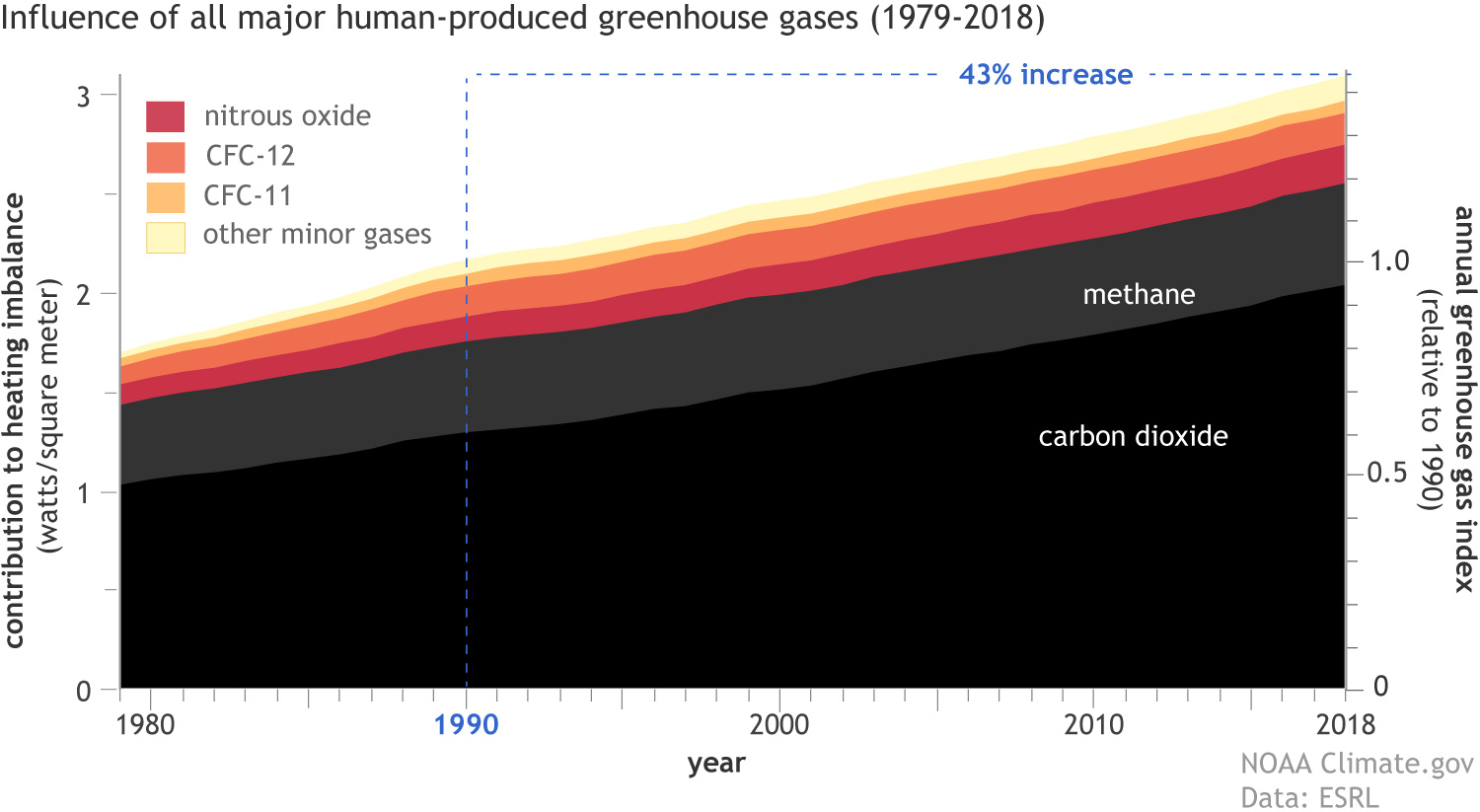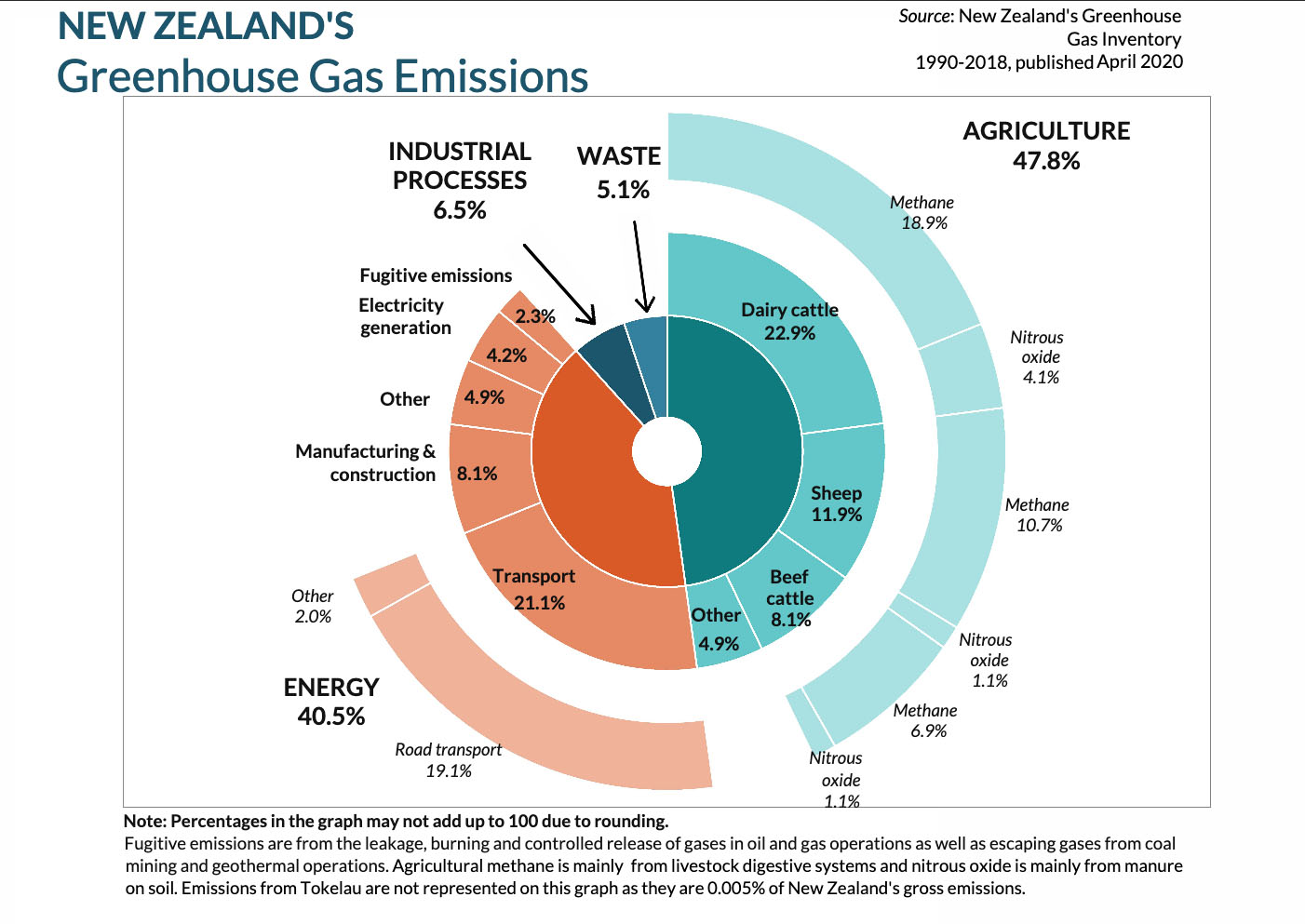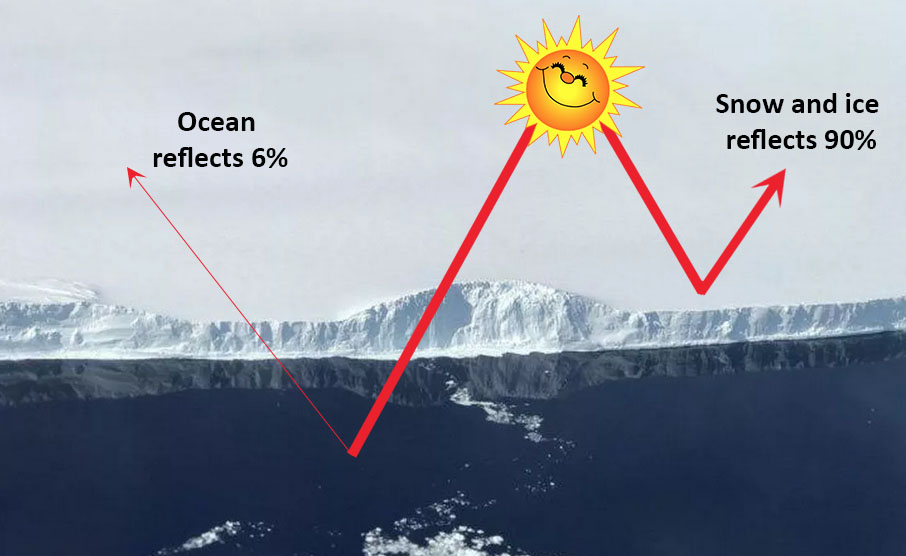Causes: Greenhouse gases
Image: MIT
The main GHGs
Other GHGs
- O (ozone)
- Black carbon and ash
- SF6 (sulphur hexafluoride) *
- CFCs (chlorofluorcarbons)*
- HCFCs (hydrochlorofluorcarbons) *
- HFCs (hydroflurcarbons)*
*Not natural; created through industrial chemical processes
A little has a huge impact
Greenhouse gases in the atmosphere are measured in parts per million (ppm). While the amounts seem small, without them, the average temperature on Earth would be -18°C; a frozen snowball (Video 1). With just a few ppm of greenhouse gases in the atmosphere before humans began burning large amounts of fossil fuels, the average temperature on Earth was around 14°C. Today, the average temperature is closer to 16°C. And we’re adding more of these gases every year (Table 1). Figure 4 shows how much this is warming the planet just over the last four decades.
Some GHGs have a much more powerful global warming potential than others, including entirely new man-made GHGs created through industrial processes (the red * in Table 2).
Table 1: increase in GHGs since 1820
One million (1,000,000) molecules of air contains:
~780,000 molecules (parts per million or ppm) of nitrogen (N2)
~210,000 molecules (ppm) of oxygen (O2)
+ non-GHGs including helium, hydrogen and trace gases
+ the following greenhouse gases:
Year: 1820 (ppm)
Water vapour ~ 3,900
Carbon dioxide ~ 284
Methane ~ 0.774
Nitrous oxide ~ 0.27
Year: 2022 (ppm)
~ 4,170
~ 419
~ 1.91
~ 0.335
Table 2: comparative warming potential of different GHGs
Global warming potential
Carbon dioxide
Methane
Nitrous oxide
Sulphur hexafluoride*
CFCs -12*
HCFC -22*
Comparative value
1
25 x stronger
298 x stronger
22,200 x stronger
10,800 x stronger
1,760 x stronger
The above tables are simplified summaries. The chemical interaction of GHGs, how long they survive in the atmosphere and where they’re located in the atmosphere all contribute to their global warming potential over hundreds of years. For full details see the IPCC Report here.

